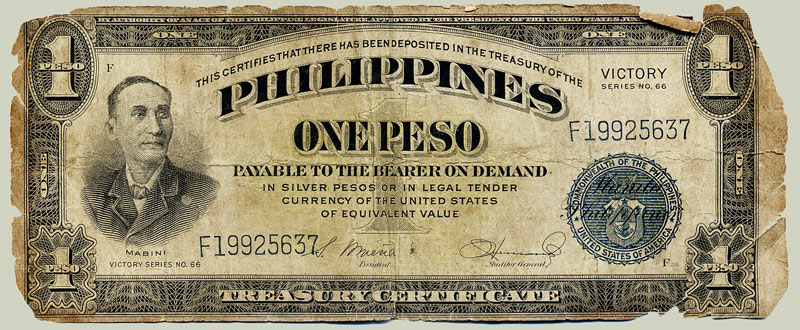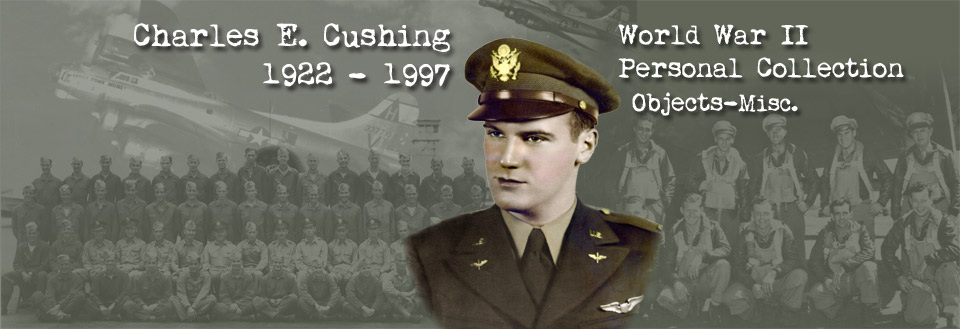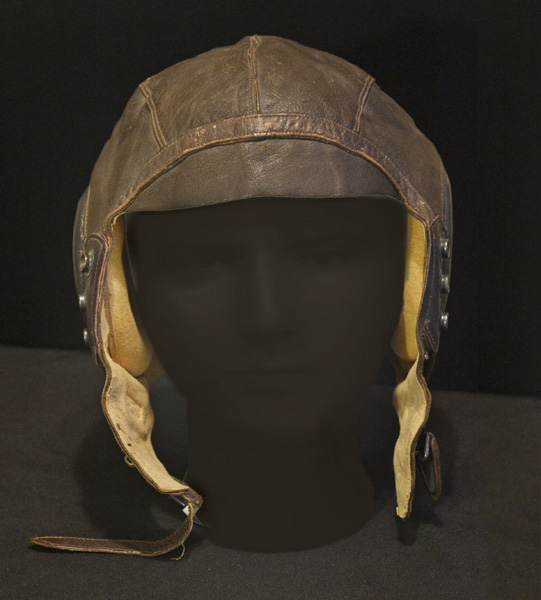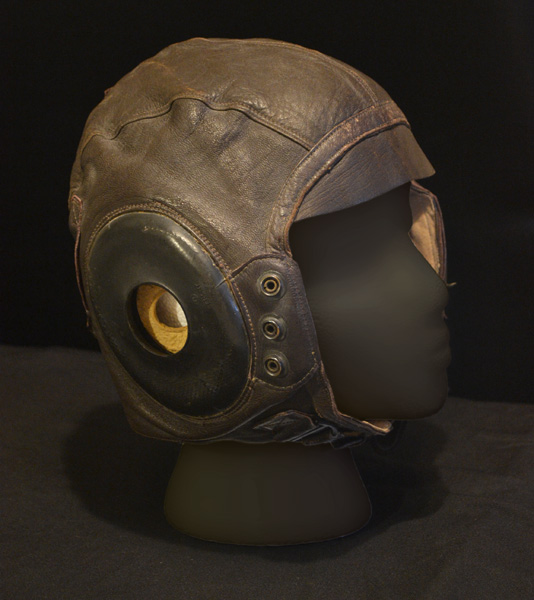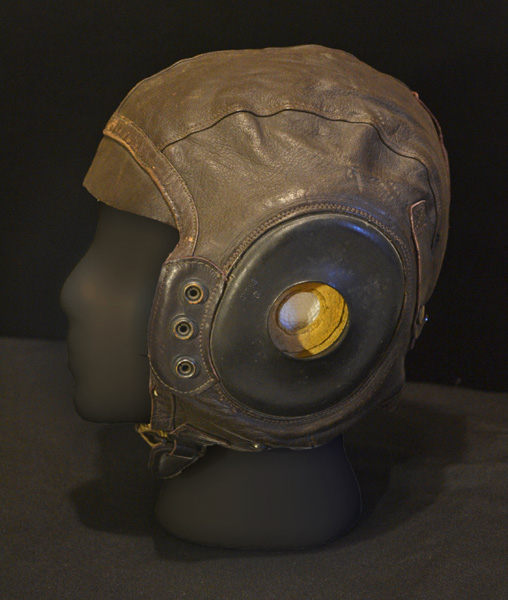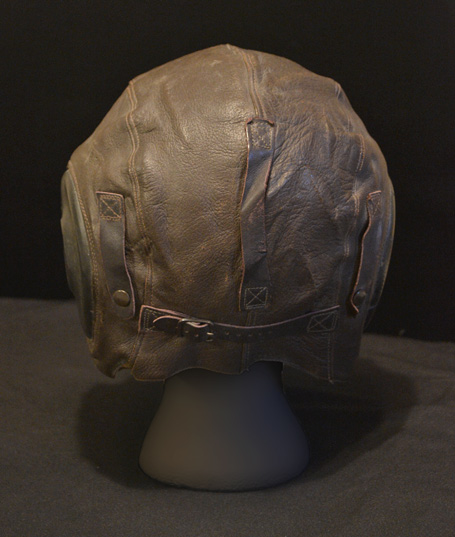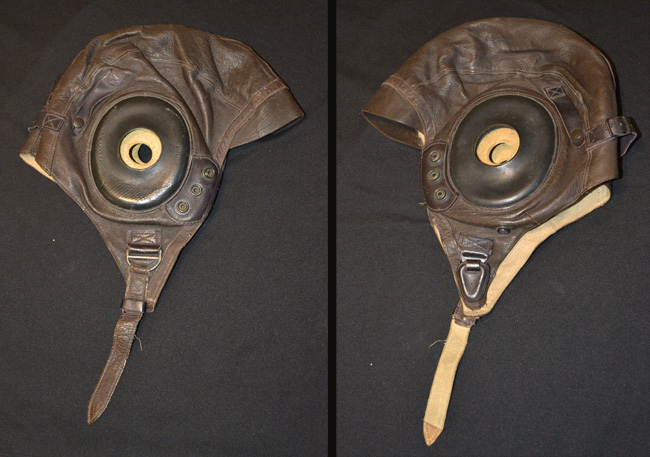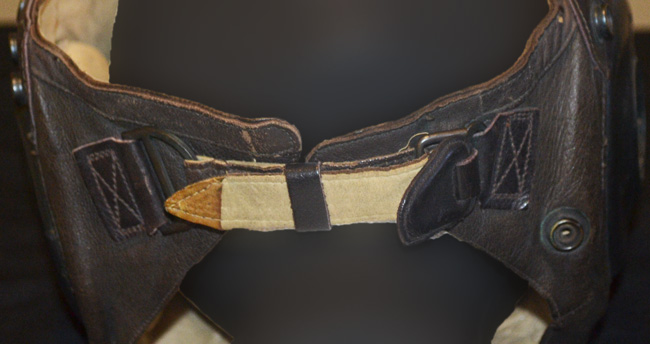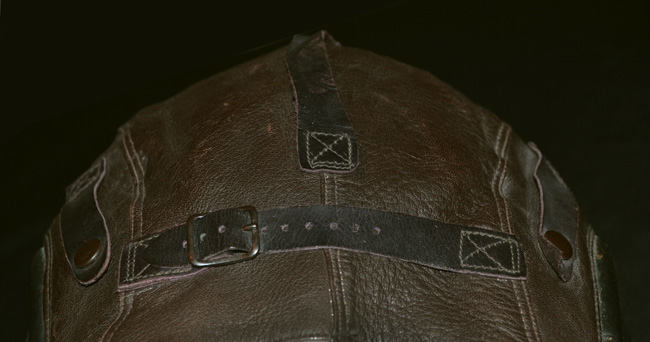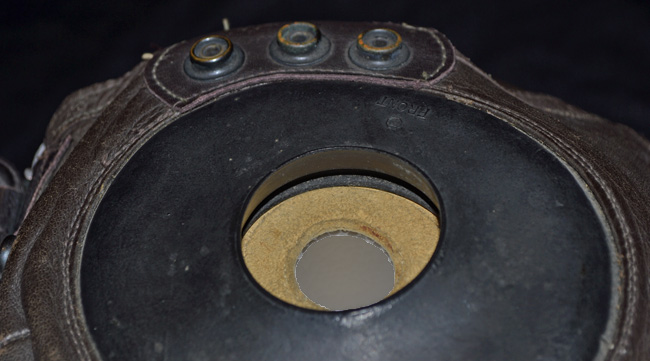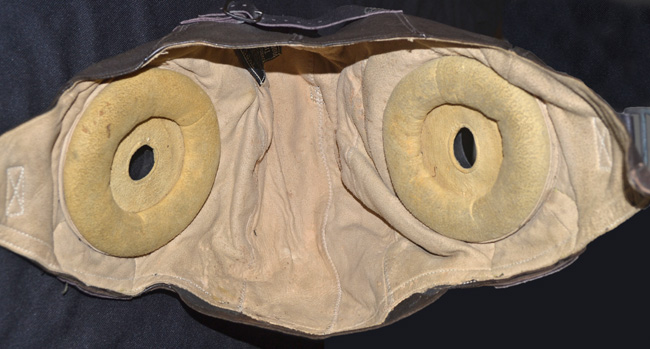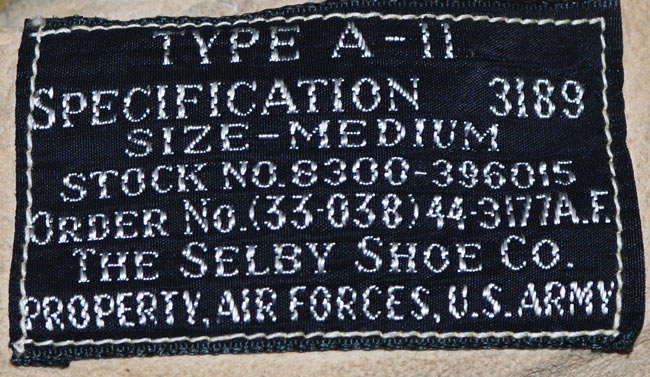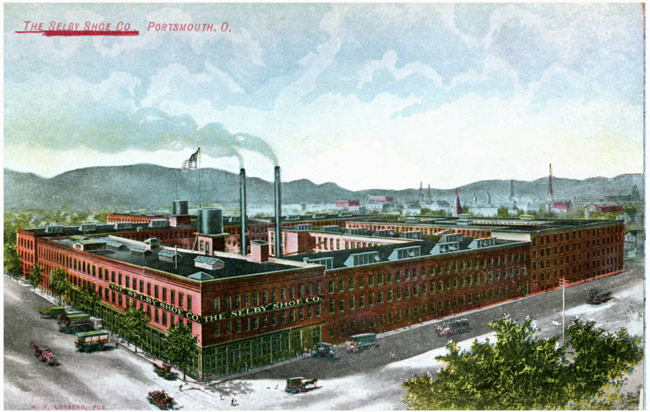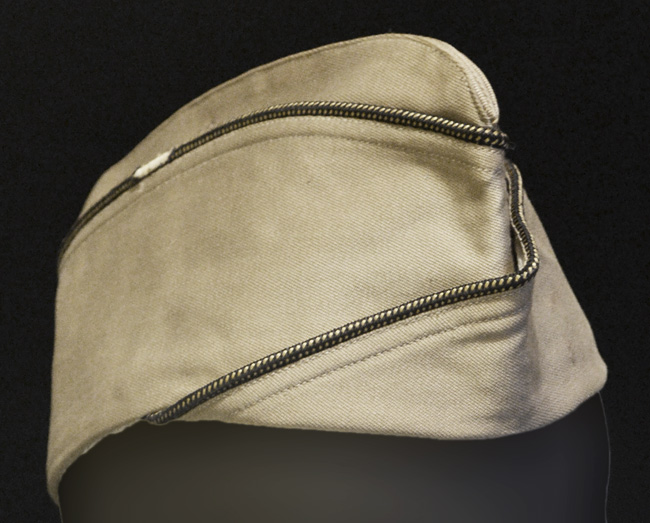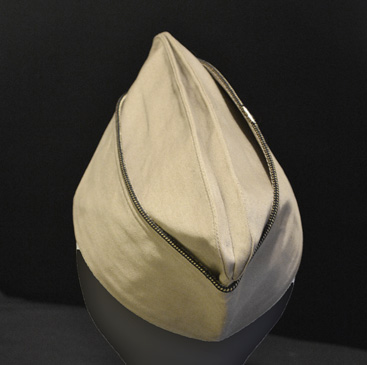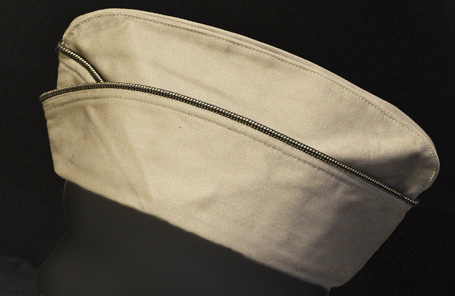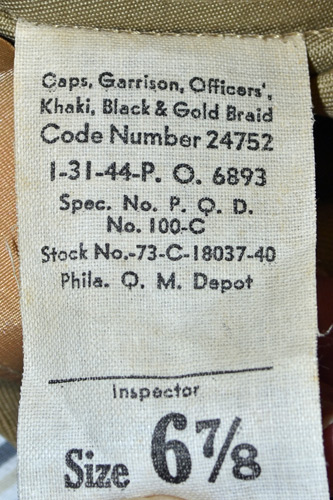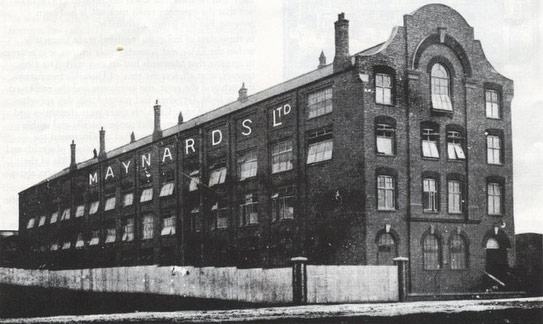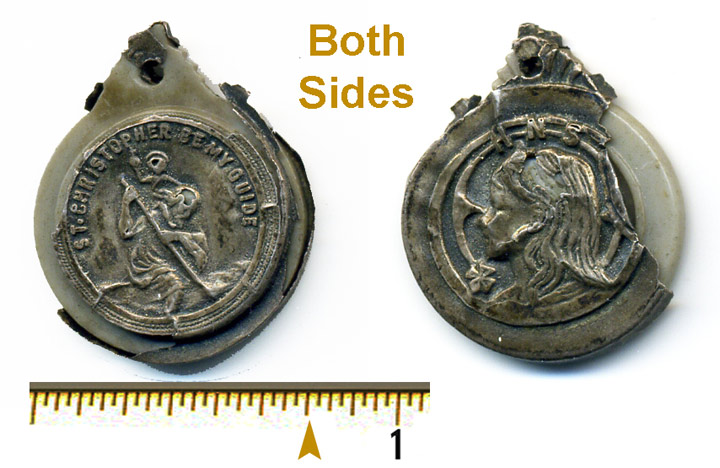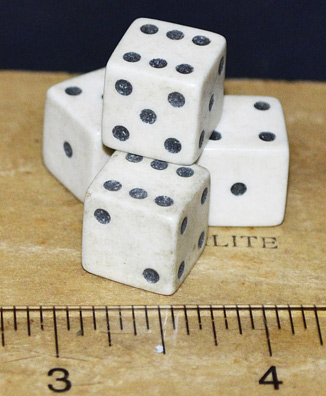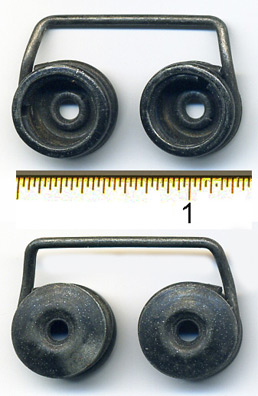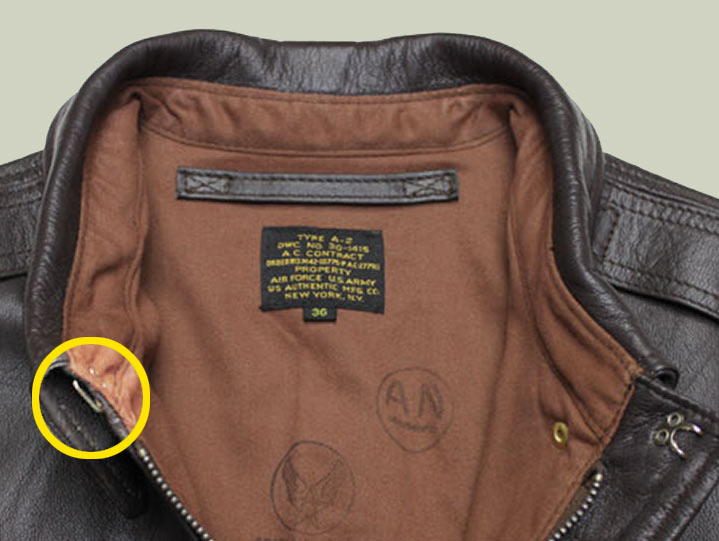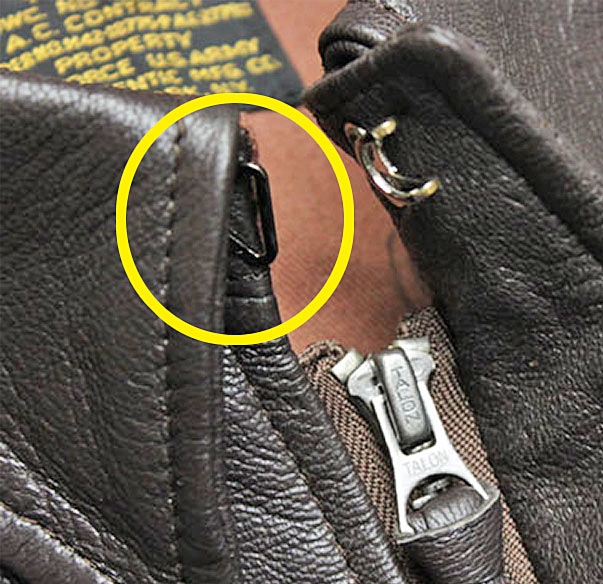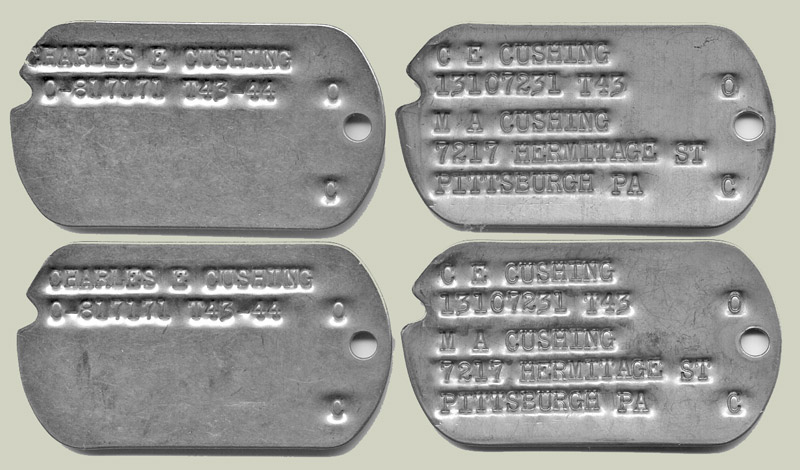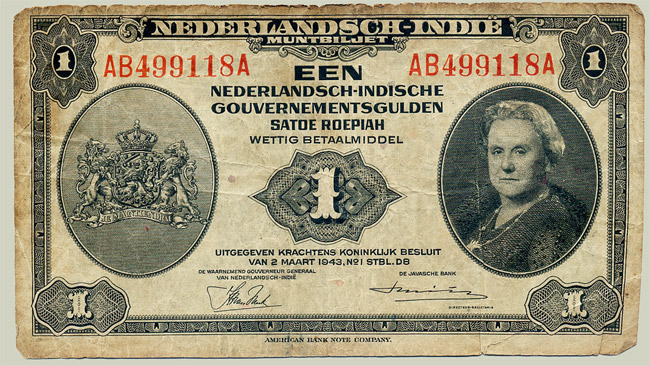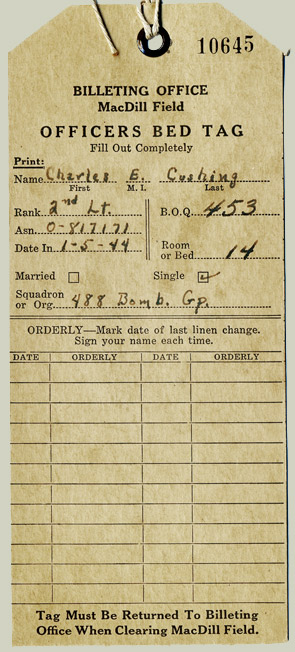|
|
|
|
Objects: Medals & Awards
Buttons & Patches
Pins
ID & Club Cards Misc. |
|
|
B-17 Bomber Pilot's Leather Helmet |
|
|
|
|
|
|
|
|
|
|
|
|
|
|
|
|
|
|
|
|
|
|
|
|
|
Officer's Cap |
|
|
|
|
|
|
|
|
|
|
|
High Carbohydrate Ration Box |
|
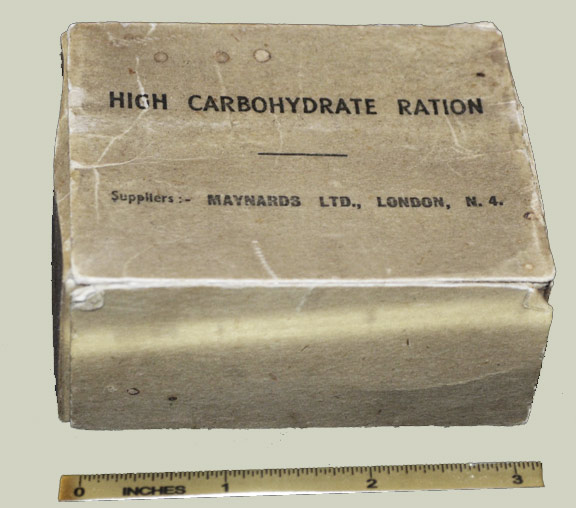 |
Cardboard box with slide out
cardboard tray This box may have contained military chocolate. Maynards Ltd. was a confectionery company that was founded in London in the 1890s.
|
|
Good Luck Charm
The period 1930-1940 saw the initial commercial development of today’s major thermoplastics: polyvinyl chloride, low density polyethylene, polystyrene, and polymethyl methacrylate. The advent of World War II in 1939 brought plastics into great demand, largely as substitutes for materials in short supply, such as natural rubber. In the United States, the crash program leading to large-scale production of synthetic rubbers resulted in extensive research into the chemistry of polymer formation and, eventually, to the development of more plastic materials. The first decade after World War II saw the development of polypropylene and high density polyethylene and the growth of the new plastics in many applications.
Special thanks to Pat Peters of Lutz, Florida for identifying this "unknown object" at above right. It is the "eye" from the faster of a jacket that uses a "hook & eye" closure. He wrote and provided two links to examples on March 5, 2018:
Greetings... I believe
I may have already emailed once, regarding the picture with the above
URL. That item is the "eye" for the "hook and eye" style closure, most
likely a neck closure on a military jacket. The A-2 flight jacket has
one which is similar but not identical. Note the one on the jacket in
the first picture and the rivet pattern of the "hook" side, on the right
side of the second picture.
All the best! Patrick E. "Pat" Peters Lutz, FL
|
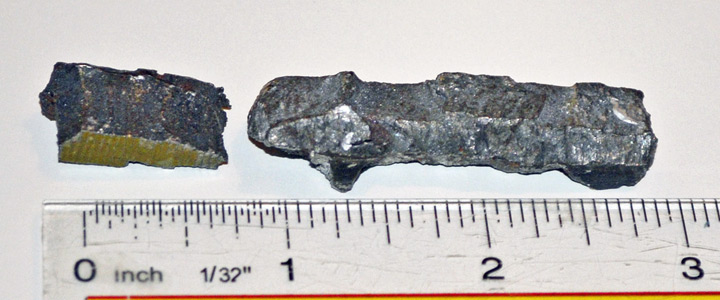
Pieces of ground-based anti-aircraft ammunition, known as
"Flak."
See more about flak, including
videos.
Victory series Philippines Peso
